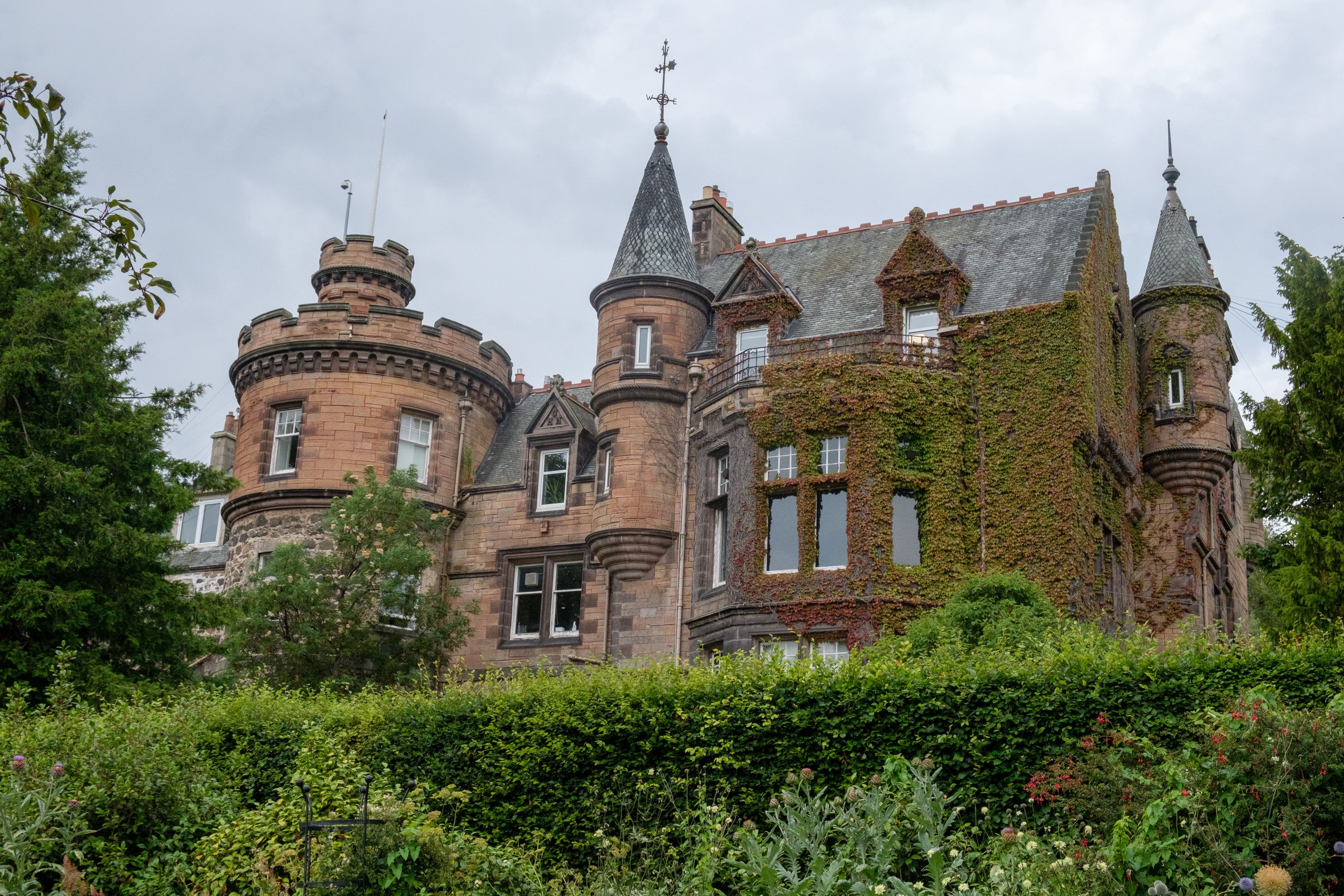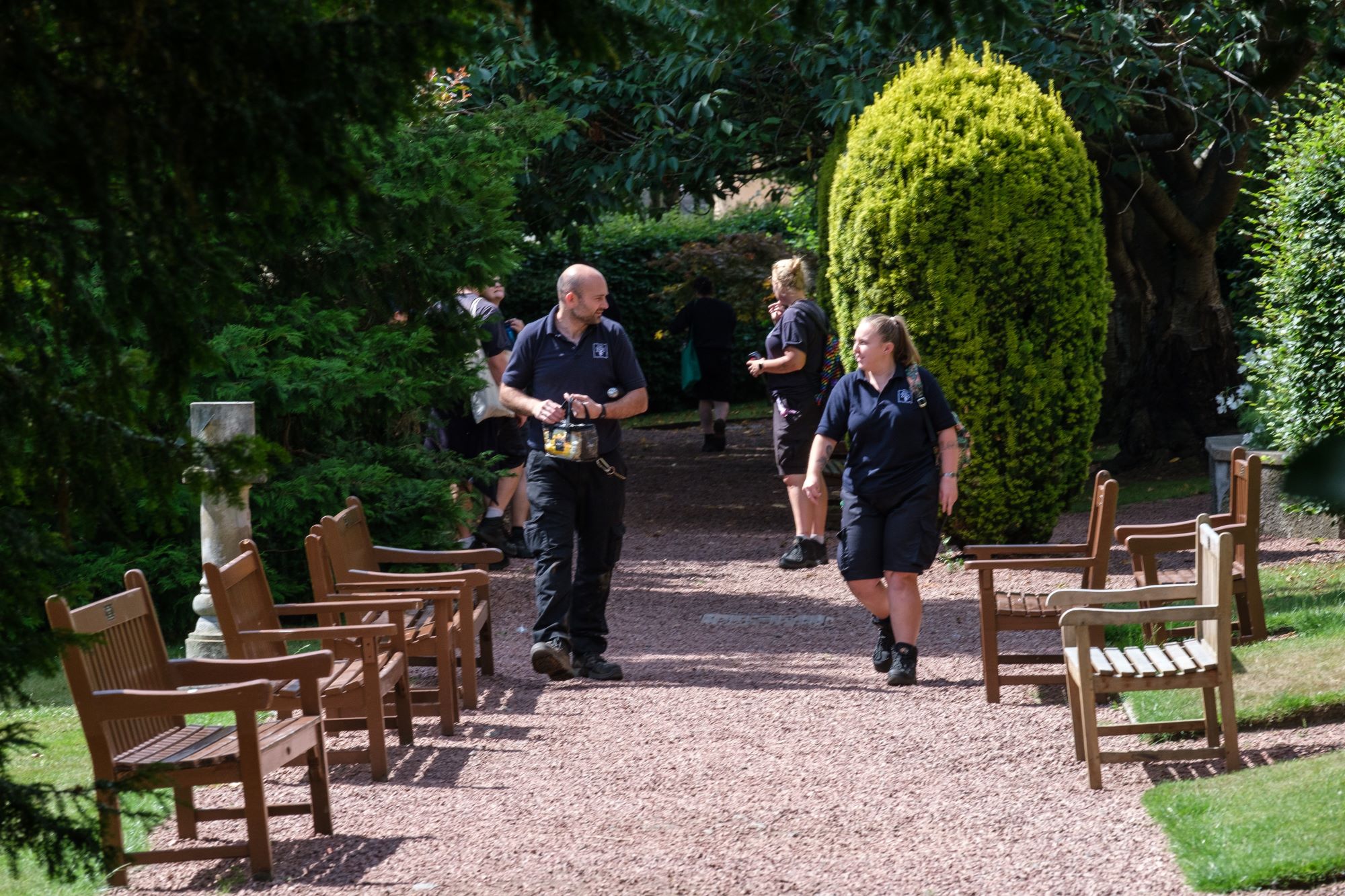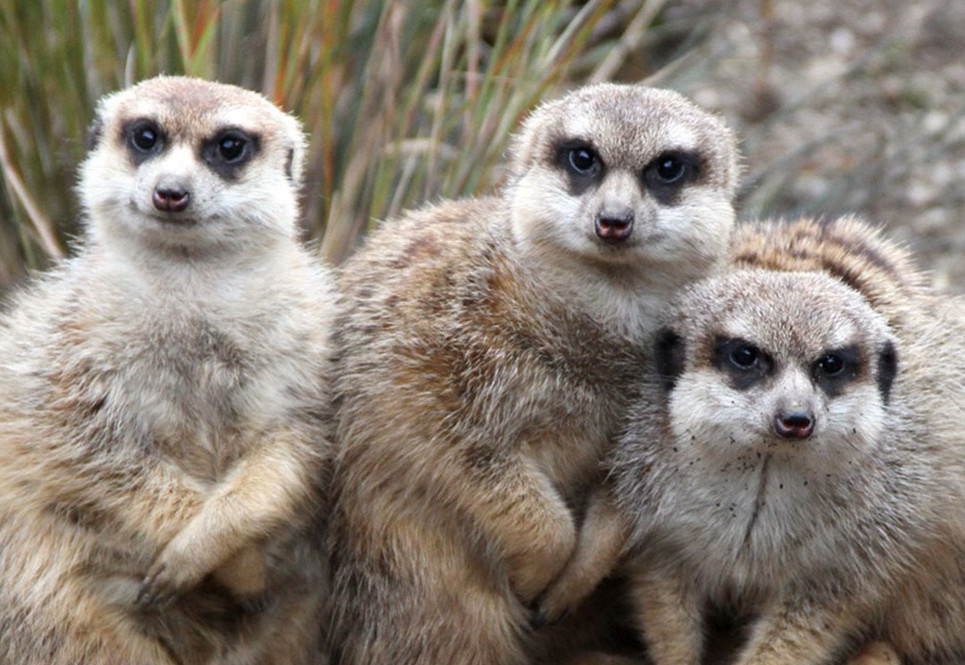Gardens
The grounds of Edinburgh Zoo contain a huge number of rare and unusual plant species, including more than 120 different species of trees. Many of these date back to before the zoo even opened and we plant a lot of food for the animals on site. Some of the original trees are still on-site – a James Grieve apple tree can be seen in the bagot goat enclosure next to members gate.

Before the park became a zoo in 1913, part of it was a plant nursery owned by Scottish botanist and gardener Thomas Blaikie. There is still a Victorian lean-to glasshouse at the back of Budongo that was used by Blaikie.
In 1991, the conifer conservation project was set up by the Royal Botanic Garden and Edinburgh Zoo was chosen as one of the 'safe sites' to grow rare conifers. One such species is the Wollemi pine tree, which dates back to the time of the dinosaurs. We are lucky to have several of these trees growing around the zoo – look out for one growing alongside the tree ferns next to our sloth house.
Alongside standard maintenance of the lawns and borders, the gardeners are now looking at using plants to improve animal welfare. In the late 1970s, a large number of camellias were planted along the back of the mansion house lawn that bloom every spring. Their edible flowers are collected as treats for the chimpanzees, lemurs and sloths and herbs such as catnip are planted in big cat enclosures for extra sensory stimulation.
Planting fresh animal food plays a big part in the gardening calendar. There are willow, bamboo and hazel nurseries at the top of the hill which are trimmed every day and there is a small vegetable patch at the top of Budongo where a selection of summer vegetables and herbs are grown to provide extra treats for the animals.

Learn more about animal habitats
Our wildlife conservation charity’s expert gardens teams work to find the perfect balance between the needs of the animals, keepers and vets – as well as our visitors!
Learn more
